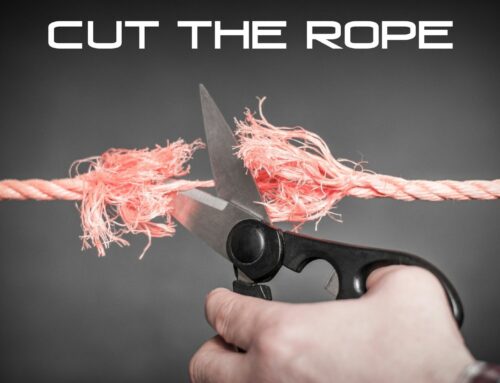With the winter weather approaching and daily activities of the winter routine taking place there is a large number of individuals who have or will endure a lumbar injury due to the twisting and heavy lifting that is evident when snow shoveling. This can be due to the lack of trunk stability and strength within your adnominal muscles. Not having the correct posture, form, or strength will contribute to many types of injuries in the mid to lower back.
Our bodies trunk is made up of many muscle fibers and fascias that help with everyday movements, like walking, bending, twisting, and reaching. Each of these movements involve several muscles that help us do these activities in all different ways. Each of us have seven muscle groupings that help with the movement of shoveling. ([1]) Rectus Abdominus (anterior wall), External Obliques (attached to lower eight ribs to the top half of hips and rectus abdominis), Internal Obliques (run opposite to external obliques, but aid with trunk rotation), Tranversus abdominus ( Does not cause trunk movement, but aids in holding ograns), Quadratus lumborum ( lateral flexion and hip elevation) Erecrtor spinae ( made up of Iliocostalis, longissimus, and spinalis, help with straightening body from forward flexion) , Miltifidus (spinal support muscle) . With these muscle groupings being our bodies primary functions of sitting, standing, twisting, walking, we need to learn the importance of maintaining each muscles strength to help with these activities so that we do not end up with lower back pain (LBP) or injuries.
Abdominal stability and strengthening has shown to help improve the your function in rotational movements. When we can maintain optimal movements in our daily routine, we minimize the risk of any injury, especially with the prevalence of shoveling in the winter season. Lower back pain is a major issue in today’s life and when it comes to doing activities with heavy lifting we tend to pay for our actions close to the end of what we are trying to achieve, or a few hours later or even days.
Maintaining a strong and stable trunk by following a daily exercise routine(s) will help minimize your chances of having lower back pain or injuries. ([2])Core exercise programs should start with gradual progressions, starting from trunk mobility and muscle lengthening, working up to body weight strengthening modified exercises and moving up from there. Allowing for your muscles to maintain the elasticity they need to do various twisting and bending movements. Speaking with a professional on what types of exercises and activities that would be best for your body is something we all need to consider and take advantage of when we can. Everyone’s bodies are different and need to develop a plan for you to work optimally through your everyday life! Just remember that there is no “one size fits all” approach with these exercises. You need to be able to identify which muscles within your trunk are weak, and strengthen them appropriately!
Written by Andrea Beckett, CPT
References:
- “Muscles of the Trunk.” Townsville Massage, 21 Feb. 2012, www.townsvillemassage.com/muscles-of-the-trunk/.
- Akuthota, Venu, et al. “Core Stability Exercise Principles.” Current Sports Medicine Reports, vol. 7, no. 1, 2008, pp. 39–44., doi:10.1097/01.csmr.0000308663.13278.69.



